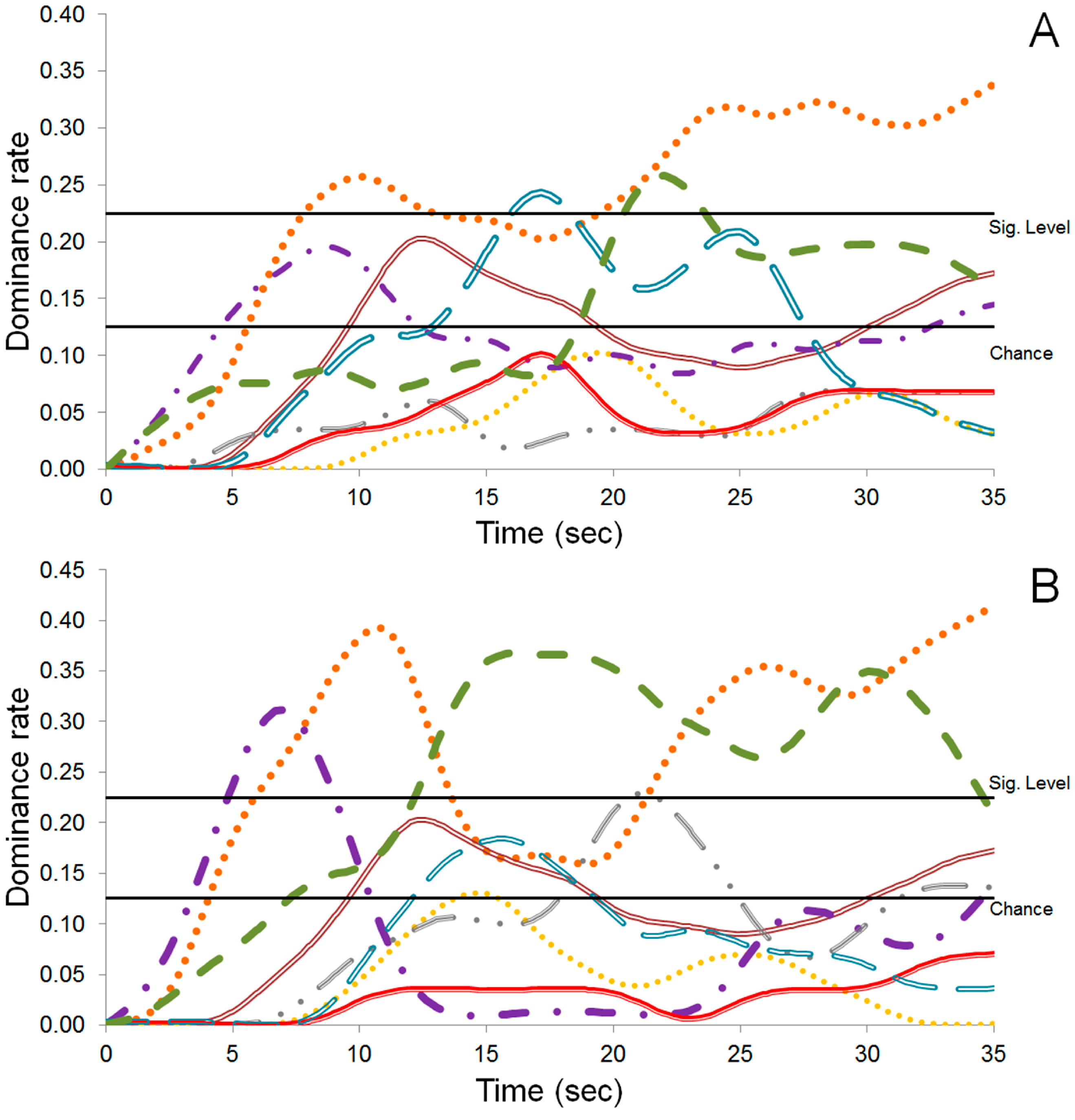Sp Column 4 81 Cracker
Portland Cement Association (PCA) for the engineering analysis and design of concrete foundation mats, combined footings, and. Cracking effects or changes in the slab elevation are not taken into. Punching shear stresses are checked around columns and piles for each ultimate load combination. Element Internal. Yahoo Lifestyle is your source for style, beauty, and wellness, including health, inspiring stories, and the latest fashion trends. DOWNLOAD spColumn 481 Crack Keygen PATCH. Download spcolumn install v4. Photo Graphics tools downloads spColumn by STRUCTUREPOINT, LLC and many more programs are available for instant and free. DOWNLOAD spColumn 481 Crack Keygen PATCH.

% puffiness = thickness of baked cracker − thickness of cracker dough thickness of cracker dough ∗ 100. (1) Scanning electron microscope The dough microstructure was studied using a scanning electron microscope (SEM) Model 1455VP (Leo Electric Systems, Cambridge, UK). Prior to the SEM study, cracker dough samples were cut to size 10 × 10 mm, freeze dried, and kept in a desiccator until further use. Download Inazuma Eleven Go Strikers 2013 Iso here. Dough samples were mounted on a slide and separately placed on a sample holder using double-sided scotch tape.
Pinnacle Themes Winter Pack Serial Podcast. The internal structure was upward facing and sputter-coated with gold (2 min, 2 mbar) before being transferred on to a microscope where it was observed in vacuum at an accelerating voltage of 5 kV. Statistical analysis The qualities of samples were analyzed in two replicates.
The experimental design used in this research was a Completely Randomized Design. All treatments were done in duplicate. Data were statistically analyzed by Ducan's Multiple Range test at 95% confidence level. Results and Discussion Effect of hydrocolloids on physicochemical properties of gluten-free dough and crackers All the treatment samples had significant differences in moisture content, water activity ( a w), and puffiness ( P ≤ 0.05) as observed in Table. Table 1. Effect of hydrocolloids on physicochemical properties of gluten-free rice cracker Samples Moisture content (%) Water activity ( a w) Puffiness (%) • Different letters in each column indicate statistical differences ( P ≤ 0.05). Rice flour (RF), wheat flour (WF), and flour blend (FF) were controls and were made of 100%RF, 100%WF, and formulated FF, respectively. • • Effect of hydrocolloids on the dough microstructure of gluten-free rice crackers.
Rice flour (RF), wheat flour (WF), and flour blend (FF) were controls and were made of 100%RF (a), 100%WF (b), formulated FF (c), FF + 1.5%HPMC (×700) (d), (×1500) (e), FF + 0.5%XN (×700) (f), (×1500) (g), FF + 1.5%CMC (×700) (h) and (×1500) (i), respectively. The addition of hydrocolloids to the FF formula caused an increase in puffiness for all hydrocolloids tested with the exception of the 1.0% HPMC sample (Table ). The treatment sample with CMC-produced puffiness values was closest to those of wheat crackers. The extent of the puffiness increase was directly proportional to the usage level for some hydrocolloids such as HPMC, but was not significantly affected by the usage level for XN. Bell () explained that HPMC gives some stability to the interface of a dough system during proofing and confers additional strength to the gas cells through baking, which increases gas retention and thus leads to higher volume. This was the same case as shown in Table, the dough of gluten-free cracker with HPMC was stronger with better air retention thus an increase in puffiness of HPMC-added crackers were observed. However, the optimum amount of HPMC was also crucial for puffiness because 1.0% HPMC did not have enough effect on gluten-free crackers.